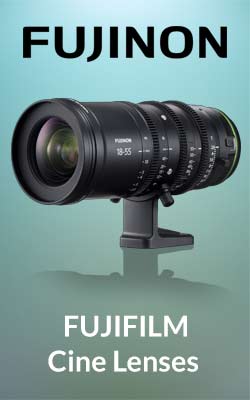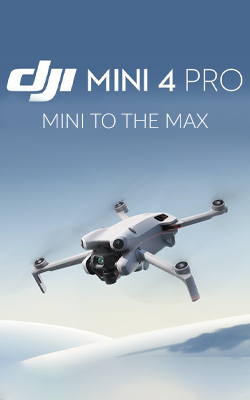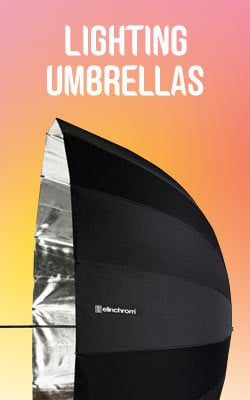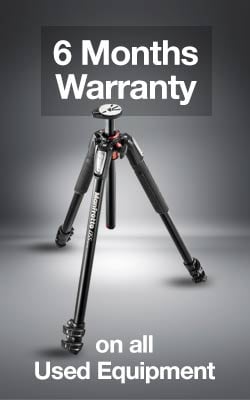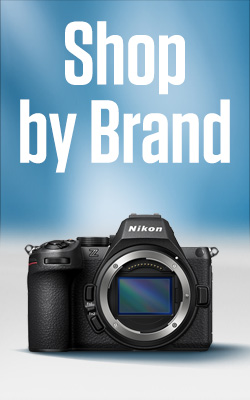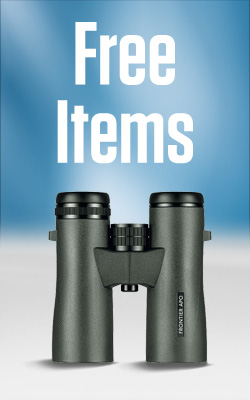Beginner's Guide to Astrophotography: Capturing the Night Sky on Camera
Astrophotography is a fascinating field of photography that allows us to capture breathtaking images of the night sky. However, for beginners, it can be daunting to know where to start.
This guide aims to provide you with all the essential information you need to get started in astrophotography: from choosing the best camera for astrophotography and lens to understanding ISO settings for night sky photography; we’ll even cover how to find the best dark locations for astrophotography and explain how it is possible to take stunning images of the night sky right from your garden.
So if you’re ready to explore this exciting world of capturing starlight on camera – let’s dive in!

Choose the right camera and lens
When it comes to astrophotography, the right camera and lens are essential for capturing stunning images of the night sky.
To get started in astrophotography, you need a DSLR or mirrorless camera with a wide-angle lens that can capture as much of the night sky as possible. Look for lenses with fast aperture settings (f/2.8 or lower) that allow as much light into your camera sensor as possible so you can take longer exposures without having to crank up your ISO too high.
Also, consider getting an adapter ring if you plan on using different types of lenses or filters during your shoots. With the right equipment in hand, you’ll be ready to start capturing starlight!
What are the best cameras for beginner astrophotographers?
Popular cameras used in astrophotography include the Canon EOS R6 Mark II, Nikon D850 and Sony a7 IV – all of which have features designed specifically for night sky photography such as low-light sensitivity, high ISO capabilities and long exposure settings.
If you are looking for an alternative to your standard camera setup then the Vaonis Vespera Observation Station is the telescope camera combo for you. The Vespera will find nebular and deep-space objects to photograph, and stack images in real-time for ultra-easy but ultra-epic astro-photos.
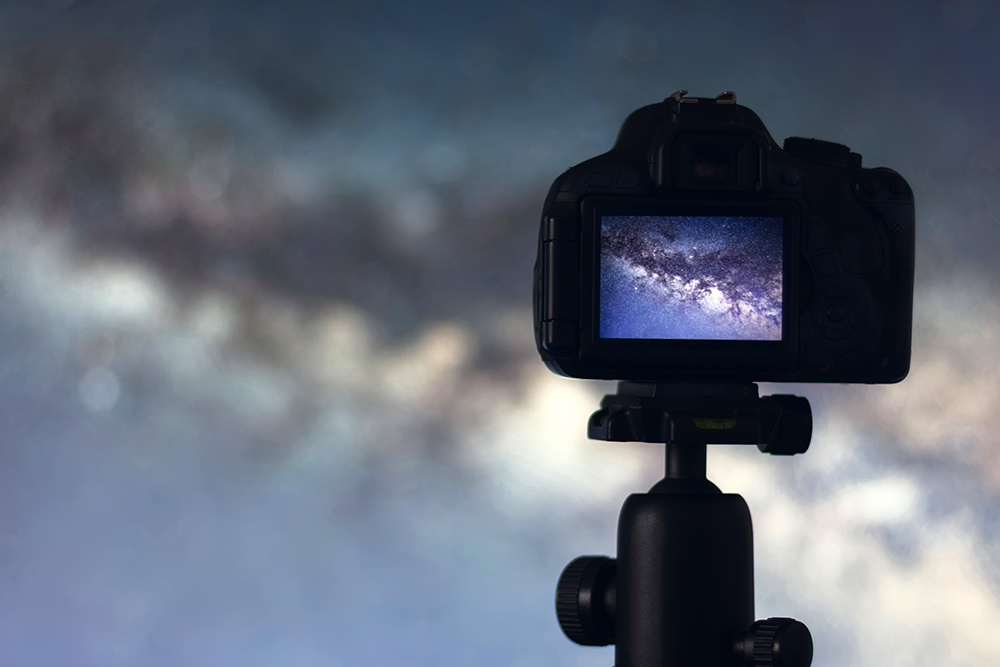
What are the best lenses for astrophotography?
Popular lenses used in astrophotography include wide-angle lenses such as Canon RF 15-35mm f/2.8L IS USM Lens or Sigma 35mm f1.4 DG DN Art Lens; ultra-wide angle lenses like Samyang's 12 mm F2.0 NCS CS or TTArtisan 11mm F2.8 Fisheye Lens; and even telescopes with adaptor rings that can be attached to your DSLR or mirrorless camera body.
Understand ISO, aperture, & shutter speed and how to adjust them for night sky photography
To capture stunning images of the night sky in astrophotography, it's important to understand how to adjust your camera's ISO, aperture, and shutter speed settings.
ISO – For optimal results, set your camera's ISO as low as possible to avoid creating too much noise in your images. A standard starting point for astrophotography is ISO 1600, but you may need to adjust it based on the lighting conditions and the camera you're using.
Aperture – Choose a fast lens with a wide aperture to allow as much light as possible into your camera sensor. Ideally, you want an aperture of f/2.8 or lower. A wide aperture will also help you capture more stars in your image.
Shutter Speed – To capture a crisp and clear photo of the night sky, choose a long shutter speed. The recommended shutter speed for astrophotography is anywhere from 15 to 30 seconds, but this can vary depending on the camera and lens you're using. During this time, the camera's shutter will be open, collecting light from the stars and other celestial objects. However, be aware that using a shutter speed that is too long may result in star trails, where the stars appear streaked across the sky.

In summary, for optimal results in astrophotography, set your ISO low, choose a fast lens with a wide aperture and adjust your shutter speed accordingly. This formula will help you capture breathtaking images of the night sky that you can cherish for years to come.
Learn about light pollution and find dark locations for astrophotography
Light pollution is a major hurdle for astrophotographers, as it can wash out the stars and other celestial objects in your night sky photos.
To get the best results from your astrophotography endeavours, you should try to find dark locations with minimal light interference from artificial sources. These locations are often far away from cities and towns, so be sure to plan ahead when heading out for an extended shoot.
You can use light pollution maps to help you identify ideal spots that will have clear skies and plenty of starlight – perfect for capturing stunning images of the night sky!
Additionally, filters can also help with astrophotography in light-polluted areas. A popular filter used by astrophotographers is the "Astronomik CLS Filter," which provides a balance between blocking out light pollution and allowing certain wavelengths of light to pass through.

Other filters, such as "UHC" and "OIII," are designed to specifically enhance certain types of celestial objects, like nebulae. Using filters not only helps to reduce light pollution in your photos but can also enhance the visual impact of the stars and other celestial objects in the night sky.
However, it's important to note that using filters also reduces the amount of light entering your camera, so you may need to adjust your camera's ISO, aperture, and shutter speed accordingly.
Use a tripod for stable shots of the night sky
One crucial aspect of taking stunning images of the night sky is stability. Any movement or shaking of the camera can result in blurry photographs. This is where a sturdy tripod comes in handy. Using a tripod will ensure that your camera remains perfectly still during the exposure, resulting in crisp and sharp photographs.
It's important to invest in a tripod that is durable and capable of supporting the weight of your camera and lens. Also, be sure to use a remote trigger or the self-timer function on your camera to avoid any movement when pressing the shutter button.
With a solid tripod setup, you'll be able to take long exposures and capture the finest details of the night sky, including the subtle colours and textures of the Milky Way.
Take multiple exposures to capture star trails or details in deep-space objects
Taking multiple exposures of the night sky is a great way to capture star trails or details in deep space objects like galaxies and nebulae. By taking multiple photos with different exposure times, you can create stunning images that show off the intricate details of distant stars and celestial bodies.
Using longer shutter speeds allows you to capture star trails which are streaks of light left behind by stars as they move across the sky. You can also use shorter exposures to freeze motion and reveal more detail in galaxies, nebulae, and other deep-space objects.
With some practice and patience, you'll be able to take amazing photos of the night sky that showcase its beauty!
Edit your photos using software such as Adobe Lightroom or Photoshop
Editing your photos is an essential part of the astrophotography process. With the right software and a bit of creativity, you can take your night sky shots to the next level.
Adobe Lightroom and Photoshop are two popular options for editing astrophotos, offering powerful tools that let you adjust exposure, contrast, colour balance and other details to bring out the best in your images.
You can also use these programs to crop or rotate your shots as needed, combine multiple exposures into one image or create stunning composite images with star trails or deep-space objects.
With practice and patience, it's possible to transform ordinary astrophotos into breathtaking works of art!

Share your photographs with others on social media
After you've taken the time and effort to capture breathtaking photos of the night sky, it's time to share them with others! Social media platforms like Instagram or Astrobin are great ways to showcase your astrophotography skills and connect with other enthusiasts from around the world.
By sharing your photos, you'll not only inspire others to take up astrophotography, but you'll also receive valuable feedback and support from your followers. You can also use hashtags to help your photos reach a wider audience and connect with other astrophotographers who share your passion for the stars.
Furthermore, sharing your photos on social media can open up new opportunities for you, such as collaborations or commissions from other individuals or organisations in the field. So don't hesitate to share your beautiful captures of the night sky with the world!
Here's some tags you can use to find your new astro-community!
- #astrophotography
- #nightscapephotography
- #stargazing
- #milkywayphotography
- #starscapephotography
- #nightskyphotography
The night sky awaits
Astrophotography can be a challenging and rewarding hobby, but with the right tools, techniques and practice it's possible to create stunning images of the night sky.
Editing your photos using software like Adobe Lightroom or Photoshop is an essential part of the astrophotography process that allows you to bring out details in deep space objects or combine multiple exposures for star trails.
And don't forget to share your beautiful photographs with others on social media! With some patience and dedication, you'll soon find yourself joining a vibrant community of passionate astro-enthusiasts looking up at stars together. So get started today - who knows what breathtaking views await?
Read next
- The Beginners Guide to Buying a Telescope | Astronomy Guide
- Celestron NexStar 8SE Telescope | First Look and Basic Setup
- Celestron NexStar 8SE | Mobile Digiscoping
Thank you!
Thanks for taking the time to read our blog, we really do hope they help you out and answer some of your questions. If you still have some unanswered, then please feel free to get in touch with our team of experts.
We have a LiveChat option on our website and we can, of course, be contacted via our email, we're also on the end of the phone too! Read more on how to contact us here >
Want to write for us?
If you've got experience with producing content on photo, video and/or optics products or techniques then we would love to hear from you. Contact our blog editor, Fee, with a sample of your work at [email protected].
- By Beatrice Debney
- 3 May 2023













